Supply Chain
Boost CX, Improve Supply Chain Visibility and Automate Business Processes with an AI-Powered SCM Solution.
Boost CX, Improve Supply Chain Visibility and Automate Business Processes with an AI-Powered SCM Solution.
Your supply chain is the cornerstone of all your business operations. Get complete visibility into your supply chain and watch efficiency and productivity touch new highs. Improve transparency and accountability and become better aligned by applying AI to supply chains and logistics. Valiance implements digitization on a large scale, helping companies improve their working capital management to yield enormous financial benefits.
By evaluating massive volumes of supply chain data, AI predicts and reroutes shipments around weather, traffic bottlenecks, and labor strikes. Effective supply chain management also supports new product initiatives, estimates delivery dates more accurately, reduces supply chain disruptions, and enhances operational efficiency.

Industry Wide Expertise
We have worked with global clients in various industries, including Retail, CPG, Apparel & Fashion, Hi-Tech, Automotive, F&B, and Chemicals, on supply chain data integration and data science use cases.

AI-Based Solution Accelerators
Our scalable and adaptable AI-based solution accelerators are designed to expedite various use cases such as demand forecasting, demand planning, assortment planning, and new product launch, among others.

An A1 Team
Our skilled data professionals have in-depth knowledge of supply chain technologies for demand & supply planning, control tower operations, and are certified by esteemed global institutions.

Trustworthy Partnerships
Our strategic alliances with notable ISVs in the global supply chain industry have enabled us to develop a comprehensive understanding and exceptional expertise in this field.
 Continuous Data Integration and Preparation
Continuous Data Integration and Preparation
![]() Demand Forecasting and Planning
Demand Forecasting and Planning
![]() Data Quality Improvement
Data Quality Improvement
![]() Optimal Supply Allocation
Optimal Supply Allocation
![]() Transportation and Logistics
Transportation and Logistics
![]() Warehousing and Distribution
Warehousing and Distribution
![]() Inventory Optimization
Inventory Optimization
![]() Promotion Analysis
Promotion Analysis
Data is collected from more sources than ever before. Unfortunately, siloed systems frequently obscure data sources. Data integration unleashes the potential value of locked data. Connecting all internal supply chain stakeholders and trading partners helps you share information, collaborate on goals, commit to continuous supply chain management, and increase supply chain efficiency. By linking systems and apps internally and externally, you can also optimize your supply chain and improve performance. Data integration solutions employ algorithms to verify communications without manually checking them and your business rules will simply validate all messages.
Many companies manufacture based on perceived rather than actual demand. AI-powered demand forecasting aids inventory planning and ensures strong sales by recommending the optimal capacity for manufacturing. Warehouse and stock managers are kept up to speed on the status of parts, components, and finished goods in real time. As the machine learning system matures, it can make stock recommendations based on previous purchase data and supplier deliveries. Using existing data alongside predictive analytics allows for more precise forecasting of purchasing trends, seasonality, fads, and disruptions. Analytical systems can also be trained to incorporate market and competitor data, resulting in more effective risk management and decreasing costs.
High-quality data is critical to strong supply chain management, with bad data often equalling bad analytics and therefore, bad decisions. Often, the lack of transparency across the supply chain is the result of inconsistent and inadequate data. Aligning the data governance process to standard definitions and resolving data issues not only improves data quality but increases trust in the outcome of analytics and AI operations.
Leveraging advanced analytics can help determine the availability of materials before production. It can also spot trends and patterns, such as gaps, price rises and product change alerts.
Many industries experiencing material shortages. Advanced software features can optimally allocate short material throughout a multi-echelon supply network. Underlying algorithms ensure that scarce material is optimally supplied to customers depending on demand, while other optimization principles such as fair share, prioritizing, or customer risk ensure automatic deployment across the supply network. The allocation cockpit provides maximum insight and allocates small quantities across the whole supply network. It also aids in visualizing the impact and rapidly alerting responsible parties to initiate countermeasures.
Fleet managers manage the provider-consumer relationship to ensure business continuity. Fleet managers struggle with data overload, fuel costs, and personnel concerns. Not being able to readily access or utilize collected data makes little sense. Real-time tracking shows you the optimal delivery times, while strong multi-dimensional data analytics reduces fleet downtime, optimizes fuel economy, and avoids bottlenecks.
Automation speeds up warehouse retrieval and ensures seamless delivery. AI technologies can simplify complicated procedures, speed up labor, reduce warehouse staffing concerns, and save time. Inventory management streamlines warehouse operations, preventing stock-outs, overstocking, and understocking. Algorithms quickly analyze massive data and predict supply and demand. You can also uncover new consumer behaviors, anticipate seasonal demand, customer demand patterns, and avoid overstocking undesired goods.
Inventories optimization is a set of best practices for firms that want to cut costs while maintaining inventory. Inventory management must consider supply and demand volatility. It reconciles investment restrictions with business goals and fulfillment targets across several inventory stock-keeping units. Inventory optimization maintains warehouses and supply networks and preserves liquidity. It helps organizations determine how much stock-keeping units to buy so they can fulfill orders quickly and reduce obsolete inventory..
A strong marketing-logistics partnership is essential for promotion success. Without this, unknown variables can hurt the revenue. Marketers need information on availability, and potential complications and risks. The logistics team must collaborate with distribution partners to deliver on time. This can happen only when both sides have visibility required to handle expected volumes.









Client is a leading brewing company in the United States with over 30,000 employees, operated 12 breweries domestically and 17 overseas before its acquisition.
The Key Challenges
Our Winning Moves
Outcome
Client is a Mexico-based retail giant with 35,000 employees looking to achieve its business goals through a sophisticated AI/ML driven IBP platform.
Our Winning Moves
Outcome
Learn how we assisted a global retailer, distributor, and manufacturer of leading international and domestic brands in the sport, food, and health sectors to improve its demand forecasting accuracy.
The Key Challenges
Our Winning Moves
Outcome
improvement in forecast accuracy
reduction in inventory value
reduction in manual intervention
Speak to Experts!
